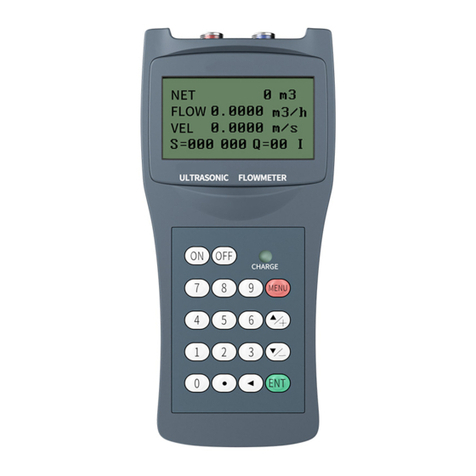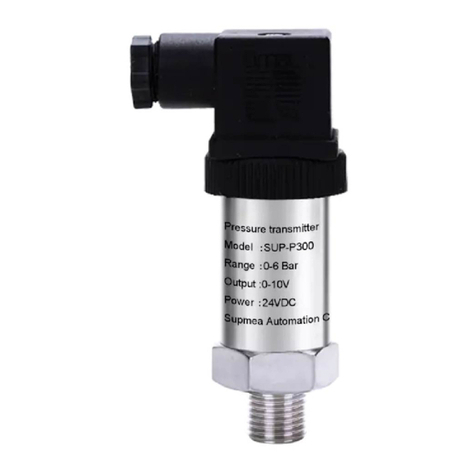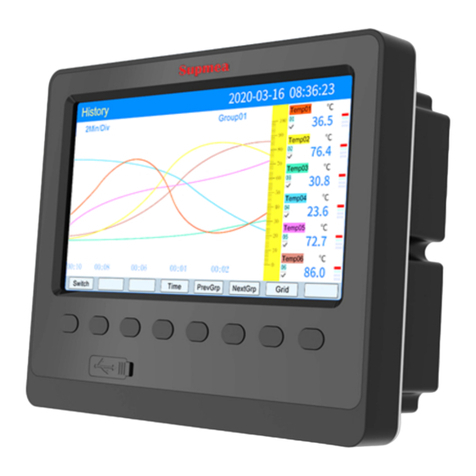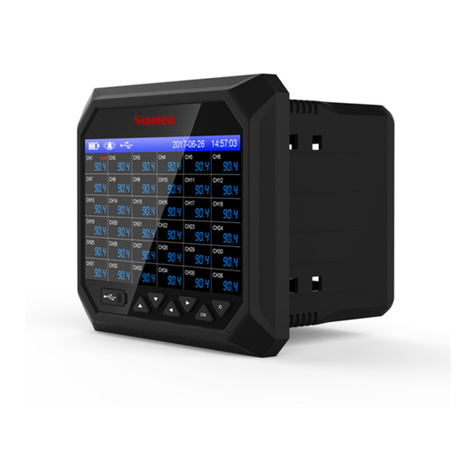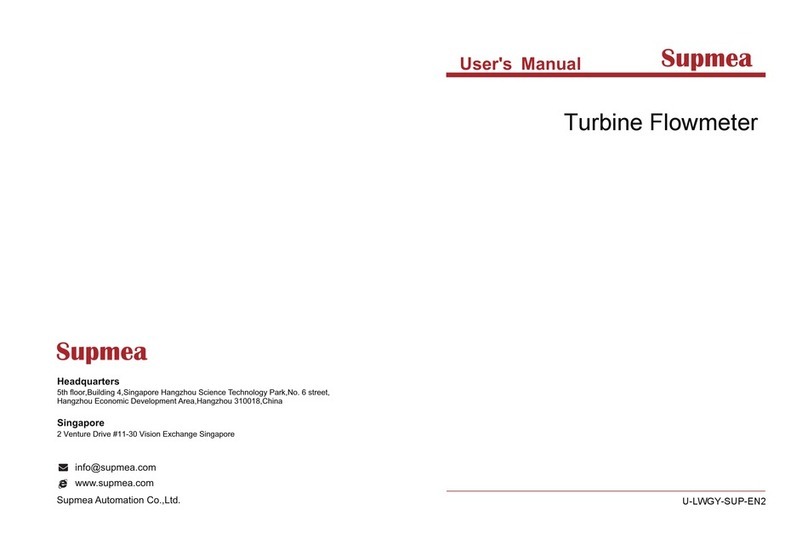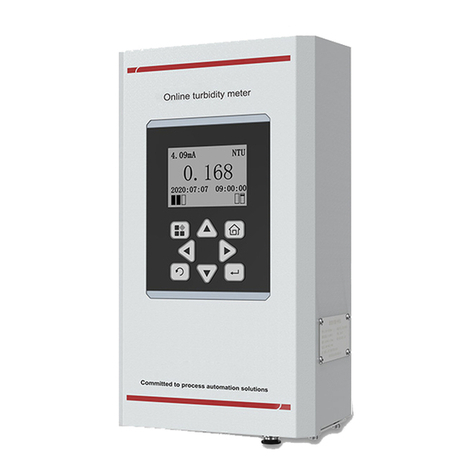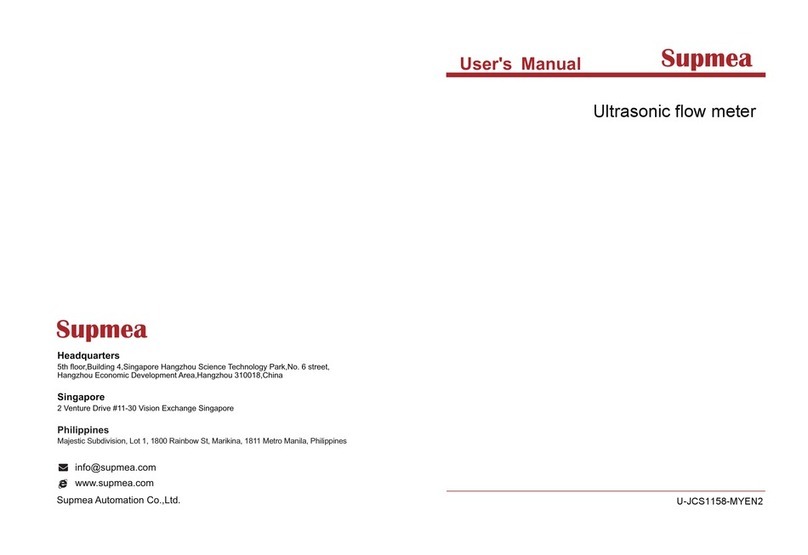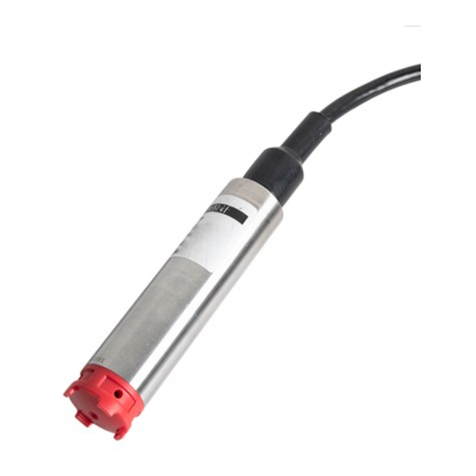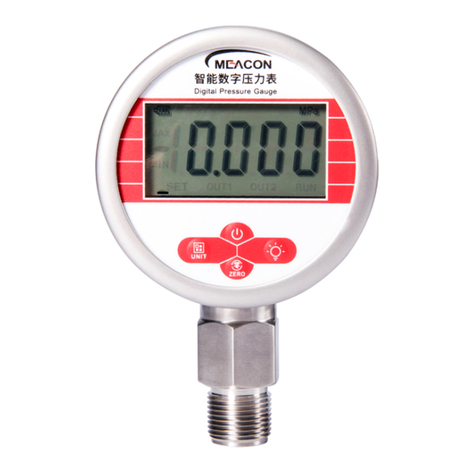
Contents
Chapter 1 Safety instructions............................................................................................ 1
1.1. Manufacturer's safety Instructions...................................................................... 1
1.1.1. Copyright and data protection...................................................................... 1
1.1.2. Exemption clause...........................................................................................1
1.1.3. Product liability and warranty....................................................................... 2
1.1.4. Document details............................................................................................2
1.1.5. Display convention......................................................................................... 3
1.2. Safety instructions for operators......................................................................... 3
Chapter 2 Introduction........................................................................................................ 4
2.1. Scope of delivery................................................................................................... 4
2.2. Measuring principle............................................................................................... 6
2.3. Mechanical Construction...................................................................................... 7
2.4. Application introduction.........................................................................................8
2.5. Wiring introduction.................................................................................................9
2.6. Nameplate............................................................................................................ 11
Chapter 3 Installation........................................................................................................12
3.1. Installation tips..................................................................................................... 12
3.2. Storage..................................................................................................................12
3.3. Pipeline design.....................................................................................................12
3.4. Pipe design...........................................................................................................12
3.5. Installation conditions......................................................................................... 15
3.6. Mechanical installation....................................................................................... 19
3.6.1. Installation of flowmeter pipeline............................................................... 19
3.6.2. Precautions................................................................................................... 20
3.6.3. Installation of flowmeter.............................................................................. 22
3.7. Dimensions for electromagnetic flowmeter..................................................... 23
Chapter 4 Electrical connection...................................................................................... 25
4.1. Safety tips............................................................................................................. 25
4.2. Connect signal and magnetic field current cable........................................... 25
4.3. Potential Equalization......................................................................................... 27
4.4. Power supply........................................................................................................27
4.5. Output termination...............................................................................................29
Chapter 5 Start up.............................................................................................................31
5.1. Power on...............................................................................................................31
5.2. Converter start up................................................................................................31
Chapter 6 Operation......................................................................................................... 32
6.1. Display and operating elements........................................................................32
